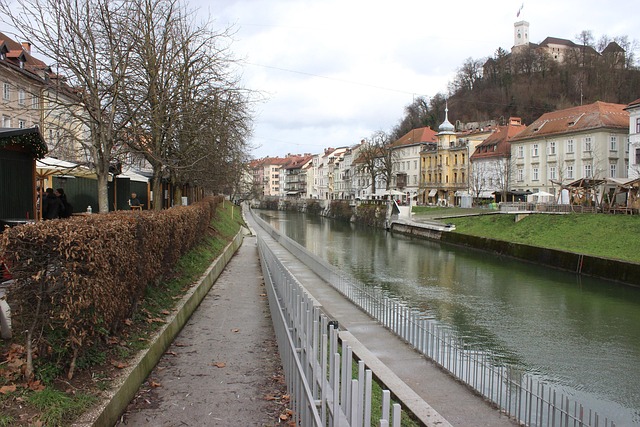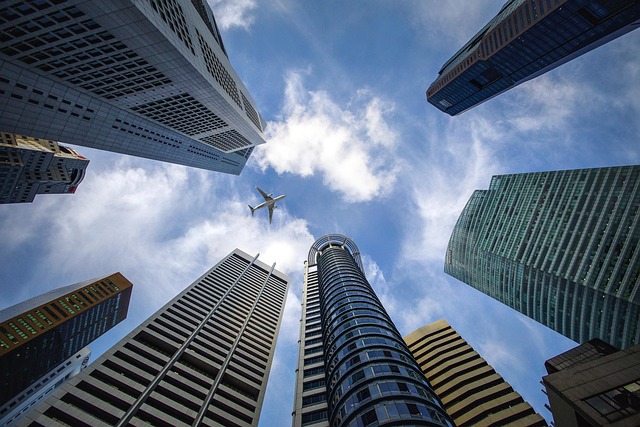In Karachi, understanding construction bylaws is crucial for any residential or commercial project. These regulations, tailored to the city's dense population and diverse land use, promote sustainable development through zoning, building height limits, environmental considerations, and structural integrity. Awareness of these laws is essential for developers and residents as they significantly impact Karachi's built environment, with Jinnah Avenue serving as a key case study for effective urban development practices in rapidly growing metropolitan areas.
“Exploring the intricacies of construction bylaws along Jinnah Avenue, Karachi, is pivotal for understanding the city’s urban development trajectory. This comprehensive guide delves into the regulatory framework shaping the built environment, highlighting the profound impact of these laws on Karachi’s vibrant landscape. From zoning regulations to building standards, we navigate the legal aspects that govern this bustling metropolis, offering insights crucial for developers, architects, and residents alike.”
- Understanding Construction Bylaws in Karachi: A Comprehensive Guide
- The Impact of Jinnah Avenue on Urban Development Regulations
Understanding Construction Bylaws in Karachi: A Comprehensive Guide

In the vibrant city of Karachi, understanding construction bylaws is paramount for any project, be it residential or commercial. These regulations, designed to maintain order and safety in urban development, cover a wide range of aspects from zoning and building height restrictions to environmental considerations and structural integrity. Navigating these laws can seem complex, but they are essential for ensuring that buildings not only conform to aesthetic standards but also provide safe living and working spaces.
Karachi’s construction bylaws are meticulously crafted to cater to the city’s unique challenges, including its dense population and diverse land use patterns. They promote sustainable development by dictating the use of energy-efficient materials and designs, ensuring adequate natural lighting and ventilation in buildings, and preserving green spaces. Awareness of these bylaws is crucial for developers, architects, and residents alike, as they directly impact the quality and character of Karachi’s built environment.
The Impact of Jinnah Avenue on Urban Development Regulations

Jinnah Avenue, a bustling thoroughfare in Karachi, has significantly influenced the urban development regulations of the city. As one of the primary commercial and residential hubs, its construction bylaws have played a pivotal role in shaping the metropolis’ growth. The avenue’s dense population and high land value have prompted stringent zoning laws to ensure balanced and sustainable development. These regulations cover various aspects, from building heights and density to green space requirements, aiming to maintain a harmonious urban landscape.
The impact extends beyond aesthetics; the bylaws also address traffic management, infrastructure needs, and environmental considerations. With Karachi’s rapid urbanization, the effective implementation of these rules is essential to prevent congestion, ensure access to amenities, and preserve the city’s livability. Thus, Jinnah Avenue serves as a critical case study for understanding and refining urban development regulations in fast-growing metropolitan areas.
In light of the above discussions, it’s clear that construction bylaws, such as those governing Jinnah Avenue in Karachi, play a pivotal role in shaping the city’s urban development. By understanding and adhering to these regulations, we can foster sustainable growth while preserving Karachi’s unique identity. Navigating these bylaws ensures a harmonious balance between progress and preservation, ultimately enhancing the quality of life for all its residents.

Leave a Reply